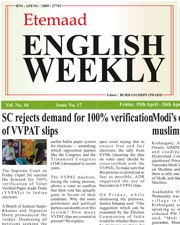New tool can detect small stroke-causing clots
Fri 07 Jul 2017, 16:26:52
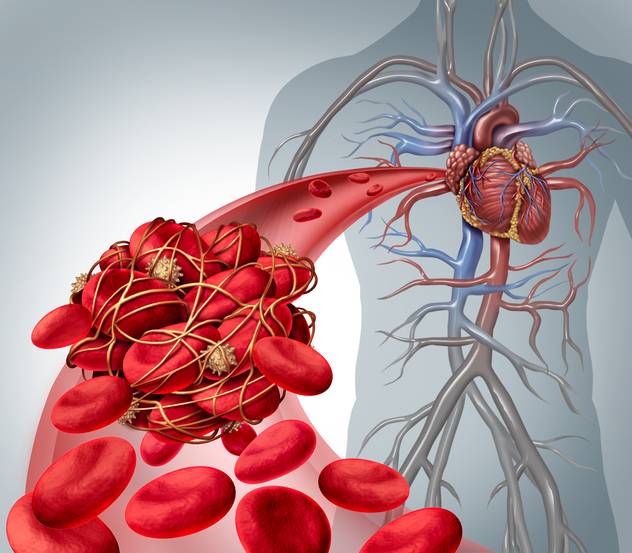
Washington D.C.: Blood clots in veins and arteries can lead to heart attack, stroke and pulmonary embolism and now a team of scientists has come up with a method of detecting the likelihood of small thrombi better than the current tests.
In the study, German researchers show that targeting GPIIb/IIIa receptors, the key receptor involved in platelet clumping, with a fluorine-18 (18F) labelled ligand is a promising approach for diagnostic imaging. Current imaging modalities rely on structural characteristics, such as vascular flow impairment, and do not address the critical molecular components.
"Currently available diagnostic techniques of thrombus [blood clot] imaging rely on different modalities depending on the vascular territory," explained researcher Andrew W. Stephens. "A single imaging modality that could visualize thrombi from various sources in different anatomic regions would be very valuable."
For this preclinical study, researchers successfully developed the novel small molecule tracer 18F-GP1 for positron emission tomography (PET) imaging that binds with high affinity to GPIIb/IIIa receptors. 18F-GP1 showed a strong accumulation at the site of
thrombus formation, and its binding ability was not affected by anticoagulants such as aspirin and heparin.
thrombus formation, and its binding ability was not affected by anticoagulants such as aspirin and heparin.
The tracer showed rapid blood clearance and PET imaging in a Cynomolgus monkey model demonstrated the detection of small venous and arterial clots, endothelial damage and emboli in the brain.
Due to the favourable pre-clinical results, a first-in-human study of 18F-GP1 is currently underway. Early results from an interim analysis confirm the preclinical data and were presented at the 2017 Annual Meeting of the Society of Nuclear Medicine and Molecular Imaging (SNMMI) in June.
"Although the current studies are preliminary, 18F-GP1 may provide not only more accurate anatomic localization, but also information of the risk of the clot growth or embolization," Stephens pointed out. "This may lead to changes in clinical intervention to the individual patient." Addressing the use of anticoagulants to treat blood clots, he notes, "These drugs can cause significant and life-threatening bleeding. There is a critical need to balance the risk of bleeding against the risk of clotting in each patient. 18F-GP1 may in the future assist in this important decision."
No Comments For This Post, Be first to write a Comment.
Most viewed from
Most viewed from Health
AIMIM News
Asaduddin Owaisi files nomination papers on Friday
Apr 20, 2024
Owaisi Begins Election Campaign in Hyderabad
Apr 13, 2024
Latest Urdu News
Most Viewed
May 26, 2020
Do you think Ruturaj Gaikwad would be a good captain for Chennai Super Kings?
Latest Videos View All
Like Us
Home
About Us
Advertise With Us
All Polls
Epaper Archives
Privacy Policy
Contact Us
Download Etemaad App
© 2024 Etemaad Daily News, All Rights Reserved.




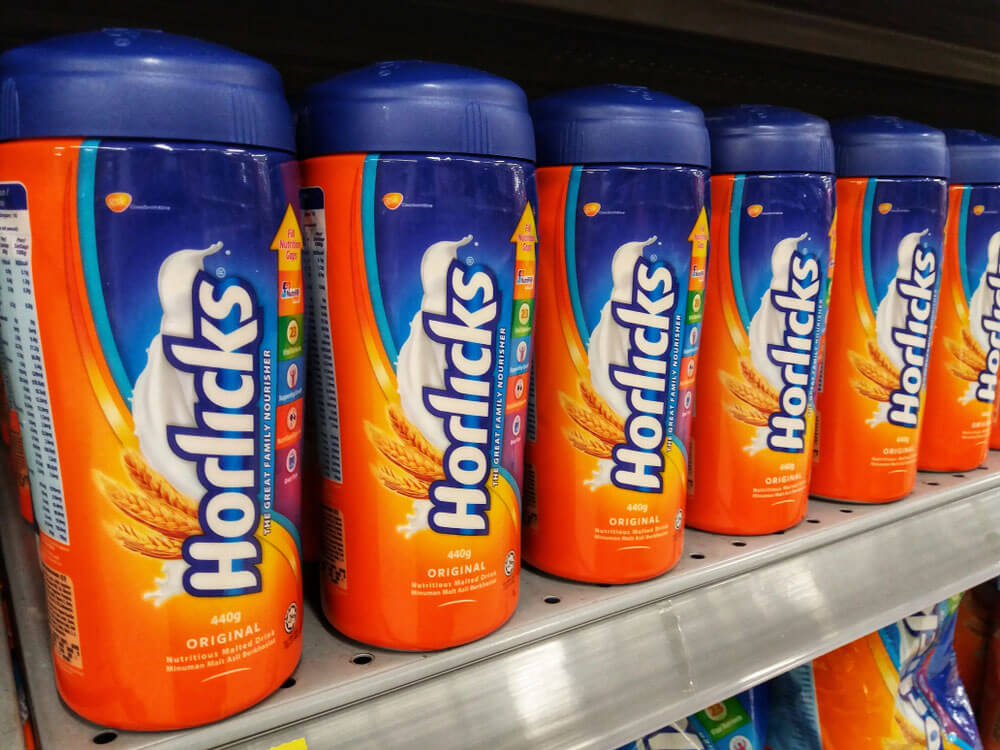

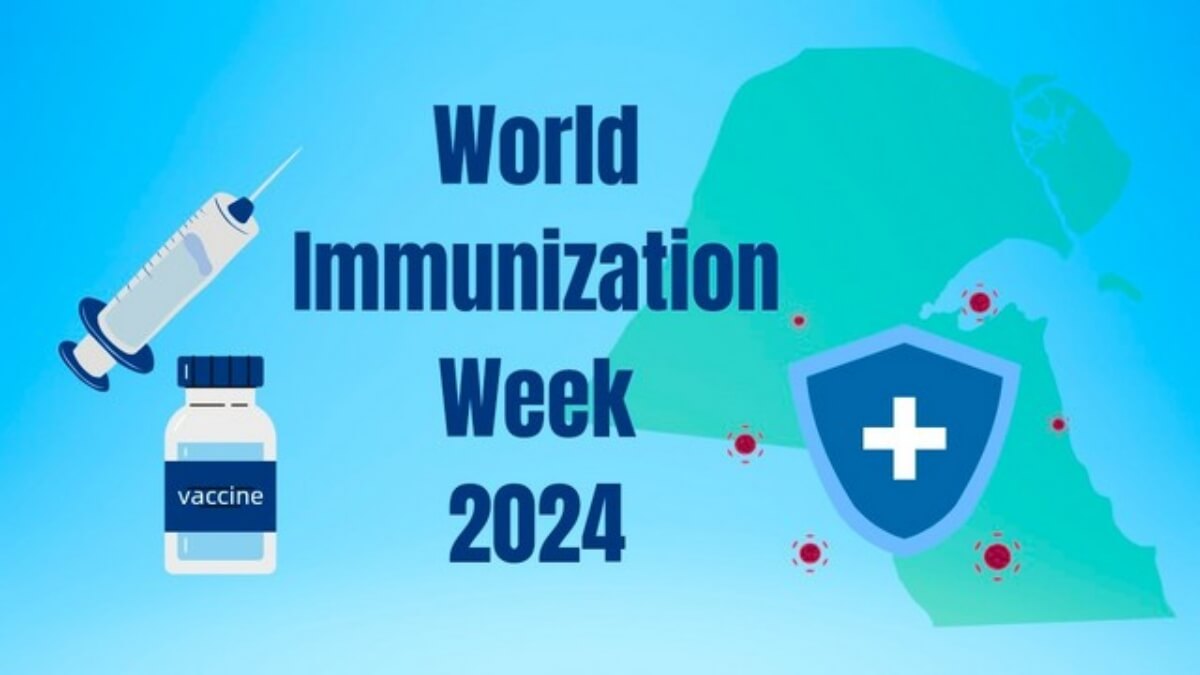
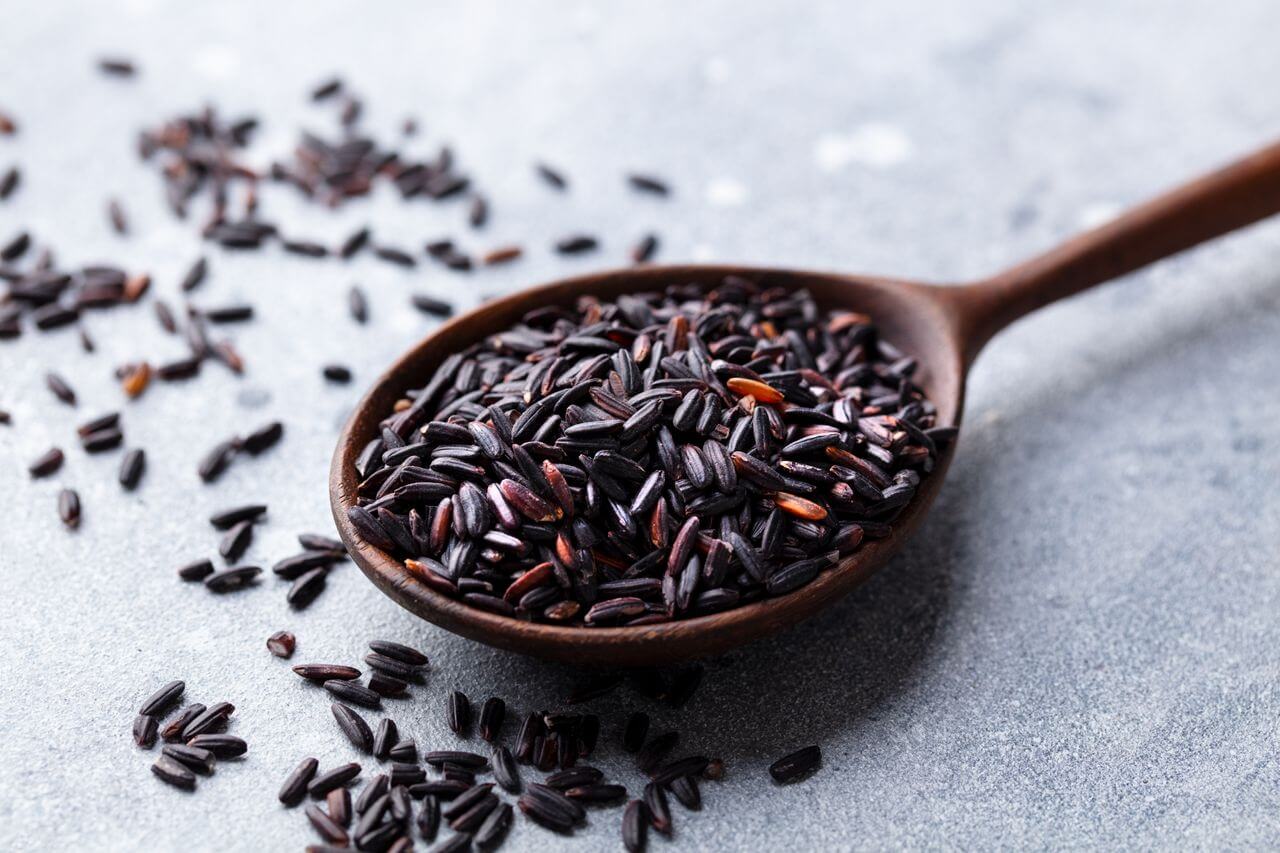


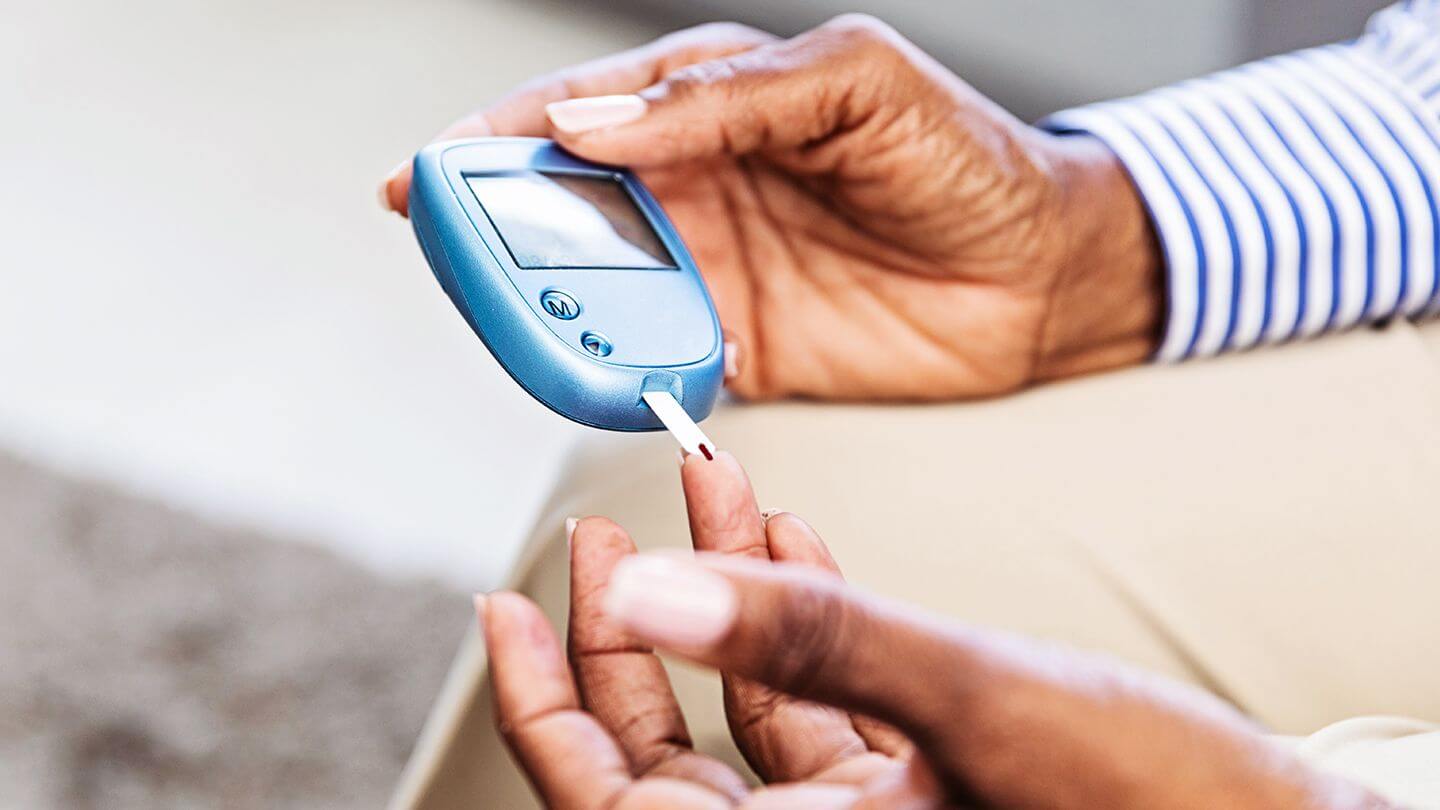


.jpg)
.jpg)
.jpg)
.jpg)
.jpg)
.jpg)


.jpg)
.jpg)
.jpg)
.jpg)

